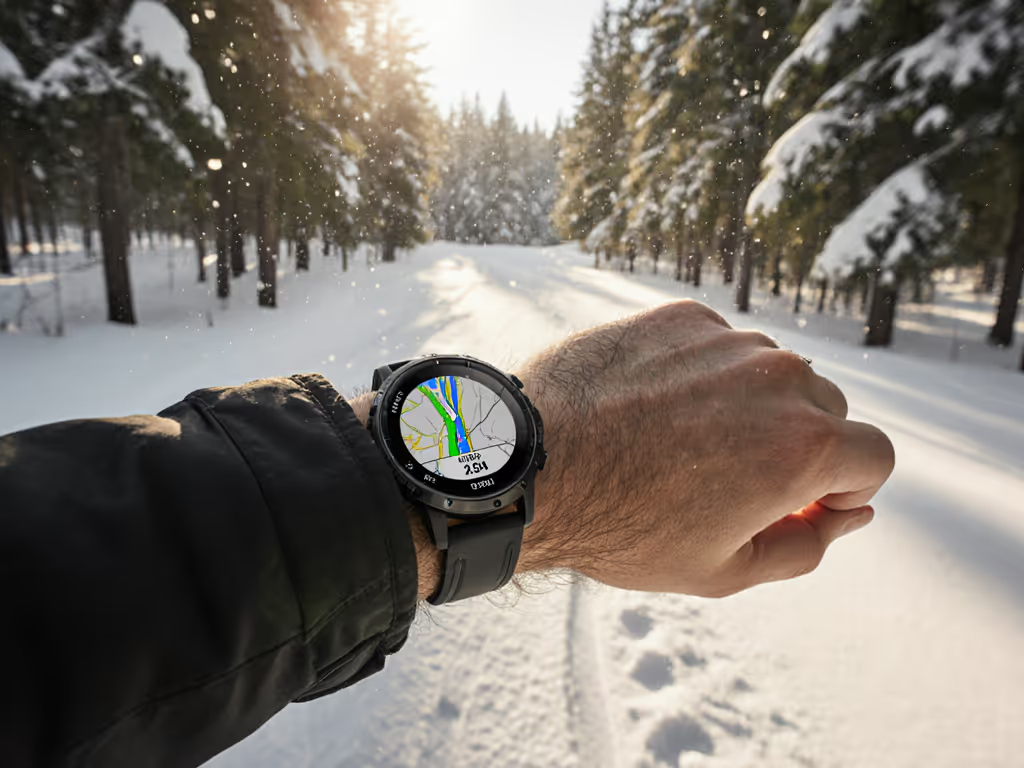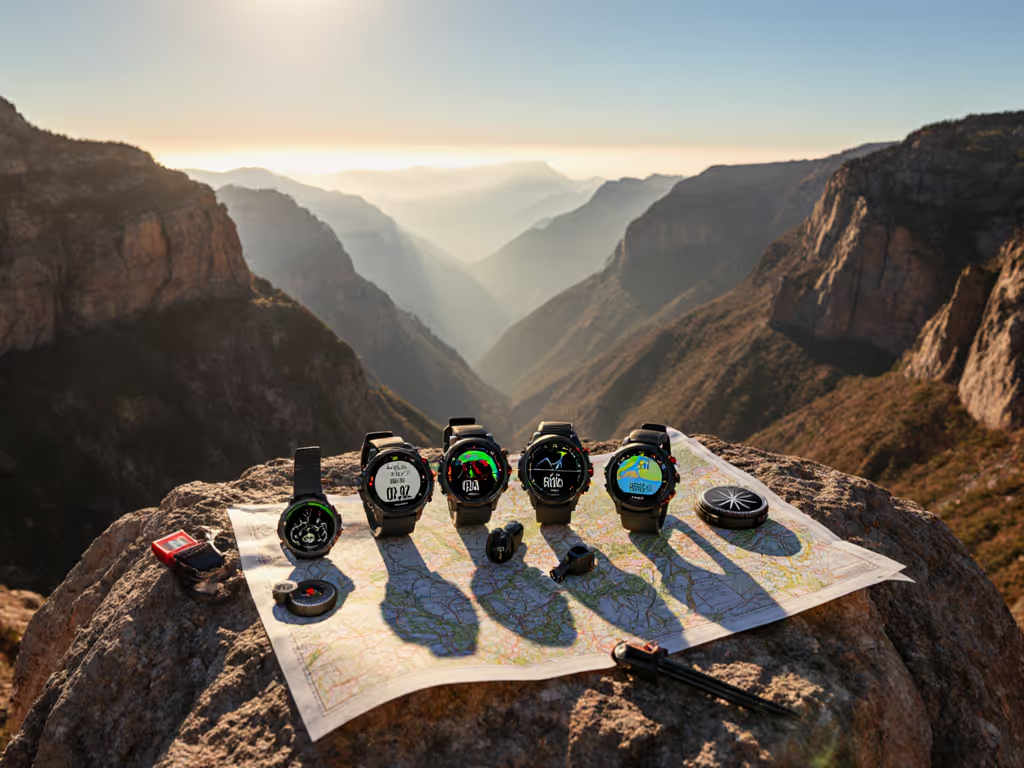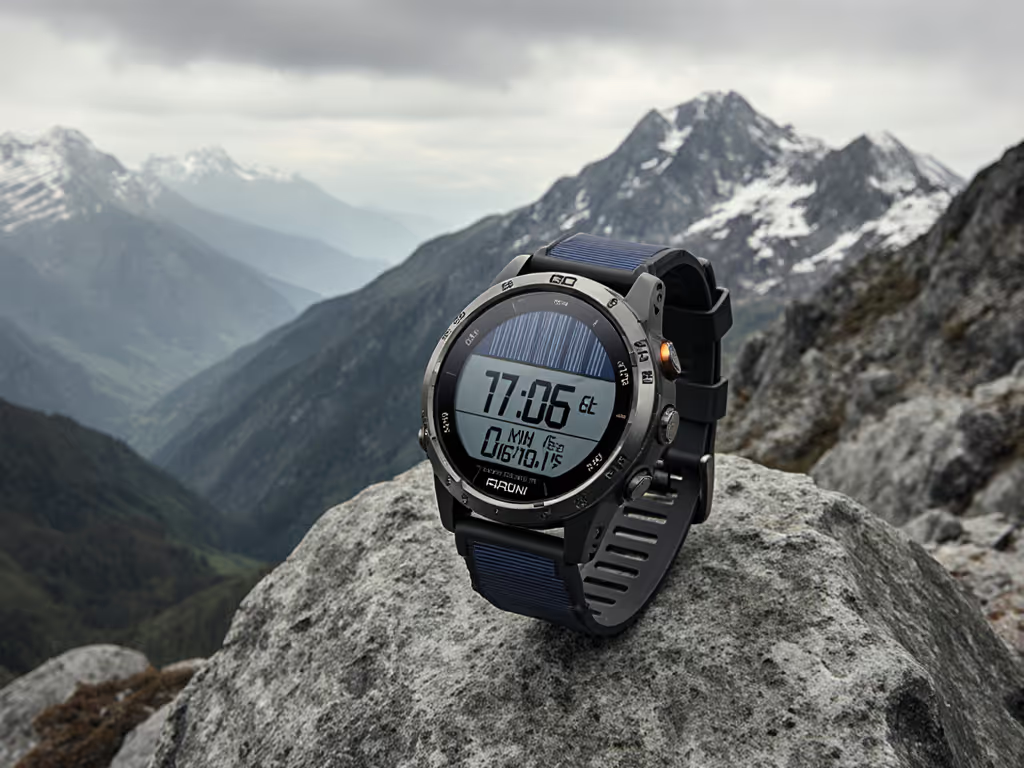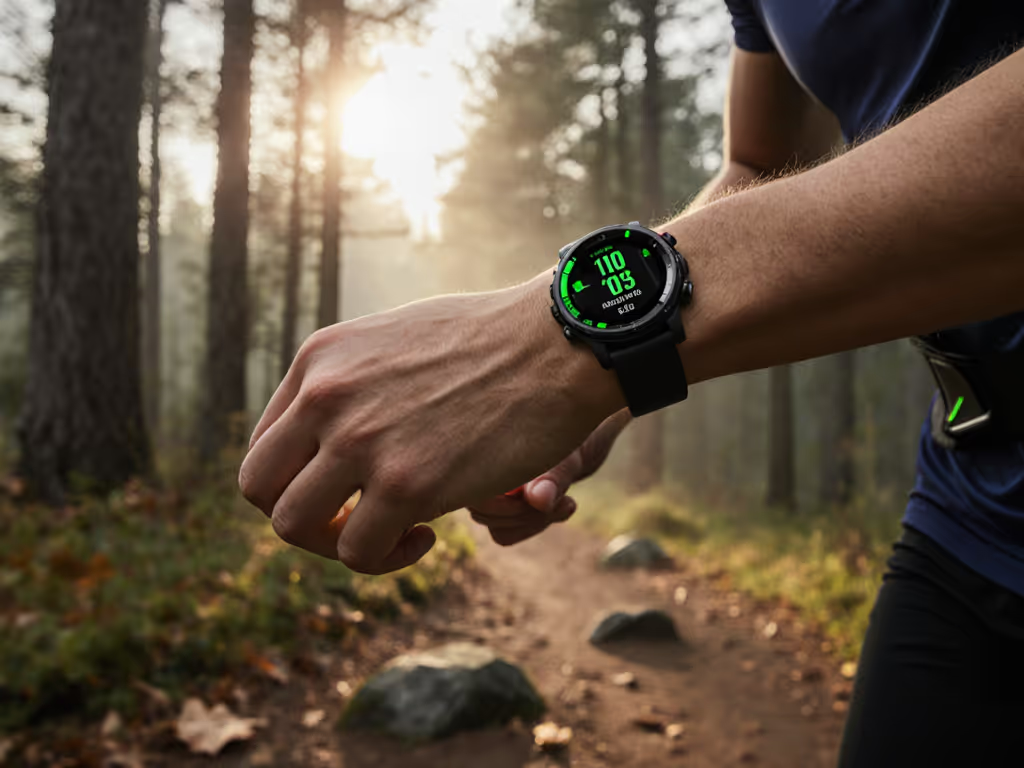
Top GPS Running Watch Ecosystems Analyzed

For serious trail runners and mission-focused guides, selecting the gps running watch best for their needs means evaluating the entire fitness data ecosystem, not just the device on the wrist. A single-point failure in navigation, data portability, or sensor continuity can compromise safety when off-grid. This analysis examines how major platforms handle field-critical workflows where battery drain, signal loss, and data integrity directly impact outcomes. The core challenge isn't features; it's whether the ecosystem sustains reliability when stress peaks and infrastructure vanishes.
Defining the Operational Ecosystem
A fitness data ecosystem encompasses all components enabling data capture, analysis, and actionability: watch firmware, companion apps, cloud services, export protocols, and third-party integrations. Unlike casual users, professionals require continuity that is repeatable under stress across all layers. Key distinctions include:
- Offline-First Architecture: True redundancy requires zero dependency on cellular for route loading, waypoint management, or critical syncs.
- Data Sovereignty: Ownership of raw tracklogs (GPX/FIT), not just processed summaries.
- Modular Integration: ANT+/BLE sensor interoperability without platform lock-in.
Portable beats proprietary. This axiom holds when extraction becomes imperative.
Critical Failure Points in Field Use
Field testing reveals consistent ecosystem vulnerabilities that professionals cannot afford:
Navigation Integrity Under Duress
GPS drift in slot canyons or subalpine scrub often stems from fragmented data analysis capabilities in the ecosystem. When elevation models fail during rapid weather shifts (a common pain point), only systems allowing manual barometric calibration on-device prevent dangerous altitude errors. Dual-frequency GNSS improves accuracy, but inconsistent training planner software often disables it by default to preserve battery, creating false confidence.
Battery Reality vs. Marketing
Advertised battery life rarely accounts for cold-weather performance or multitasking overhead. One expedition team logged 40% faster drain when strava integration synced live to satellite messengers, a critical oversight for multi-day missions. Ecosystem transparency about power profiles per activity type is non-negotiable.
Contingency Weakness Table
| Failure Scenario | Common Ecosystem Flaw | Field Consequence |
|---|---|---|
| Forest canopy navigation | Lossy GPX import limiting breadcrumb detail | Team separation after route deviation |
| Sub-freezing temps | Cloud sync prioritization over local save | Permanent data loss |
| Sensor dropout | No offline fallback for heart rate zones | Misjudged exertion near limits |
Evaluating Ecosystem Maturity
Professionals must stress-test vendors against operational criteria beyond spec sheets. Key filters include:
Data Portability Checklist
✅ Export Formats: Native GPX/FIT/CSV without premium subscriptions ✅ Granular Control: Per-field data editing (e.g., altitude smoothing thresholds) ✅ Local Backups: Direct .FIT transfer via USB when cloud access fails
During a volunteer search operation in subalpine terrain, teams relying solely on cloud-synced routes lost real-time coordination when satellite messengers faltered. Those using breadcrumb-only GPX preloaded on watches with clear naming conventions maintained waypoint sync through radio checks, even as phone batteries died. The distinction wasn't technology. It was portable data and repeatable steps eliminating cognitive load during stress.
Integration Verification Protocol
- Test third party app compatibility offline: Force airplane mode before transferring GPX from Komoot to watch
- Verify strava integration two-way sync: Edit a segment name post-upload; confirm changes reflect locally
- Check training planner software edge cases: Simulate low-battery mode during route import
Garmin's recent ecosystem updates improved open-format support, though legacy users report FIT export limitations in older models. Coros demonstrates stronger raw data accessibility but lags in mapping depth for complex terrain. No platform yet achieves full parity across data analysis capabilities and rugged usability, a gap professionals mitigate through cross-platform workflows.
Strategic Recommendations for High-Stakes Use
Ecosystem choice must align with operational role. Three evidence-linked patterns emerge:
Ultrarunners & Solo Travelers
Prioritize battery predictability and map memory. Verify:
- Dual-frequency GPS runtime claims via training planner software simulators
- On-watch GPX route storage capacity (min. 50 tracks)
- Physical button navigation during touchscreen failure (rain/gloves)
SAR Teams & Guides
Require interoperability and audit trails:
- Shared waypoint naming conventions syncing across Android/iOS/watch tiers
- Exportable mission logs with UTC timestamps
- ANT+ sensor compatibility for chest straps in extreme cold
Field Scientists & Expedition Crews
Demand data integrity:
- Uncompressed .FIT access for equipment calibration
- API integration with QGIS for spatial analysis
- No forced telemetry sharing to social platforms
The Preparedness Imperative
No single ecosystem solves all challenges. Professionals compensate through modular redundancy: primary watch + secondary GPS logger + paper backup. The core principle remains open files, simple steps, repeatable under stress, always. When evaluating platforms, prioritize vendors providing:
- Transparent field-test methodologies (e.g., canopy/canyon battery drain reports)
- Long-term firmware support cycles (5+ years)
- Community-led troubleshooting channels
Portable beats proprietary when extraction becomes imperative. Invest in ecosystems returning ownership of your data, not just your attention.
Next Steps for Your Workflow
Audit your current setup against the Data Portability Checklist above. For field-tested comparison protocols used in recent SAR debriefs, consult the Open Outdoor Alliance's ecosystem assessment framework, where real-world stress scenarios define standards, not lab specifications.
Related Articles


Solar GPS Watch: Lasting Power, Sustained Trails
Solar power only matters if the watch can be operated blind with gloves in cold, low-visibility conditions. Use a field-tested checklist - tactile buttons, cold survivability, realistic solar gains, and repairability - to turn battery life into fast, reliable navigation when it counts.

Multi-Band GPS: Fix Tracking Errors in Urban Canyons
Learn how multi-band GPS reduces urban canyon drift by using dual frequencies and multi-constellation tracking to deliver 2–5 m accuracy. Get practical setup tips, battery trade-off guidance, and buying criteria to build a more reliable, city-ready navigation kit.

Heart Rate Monitor Watch Accuracy: Optical vs ECG Guide
Understand the real-world accuracy trade-offs between wrist-based optical sensors and chest-strap ECG, including motion artifacts, HRV limits, and activity-specific performance. Apply the decision table and redundancy checklist to select, verify, and deploy a reliable monitoring setup in demanding conditions.
